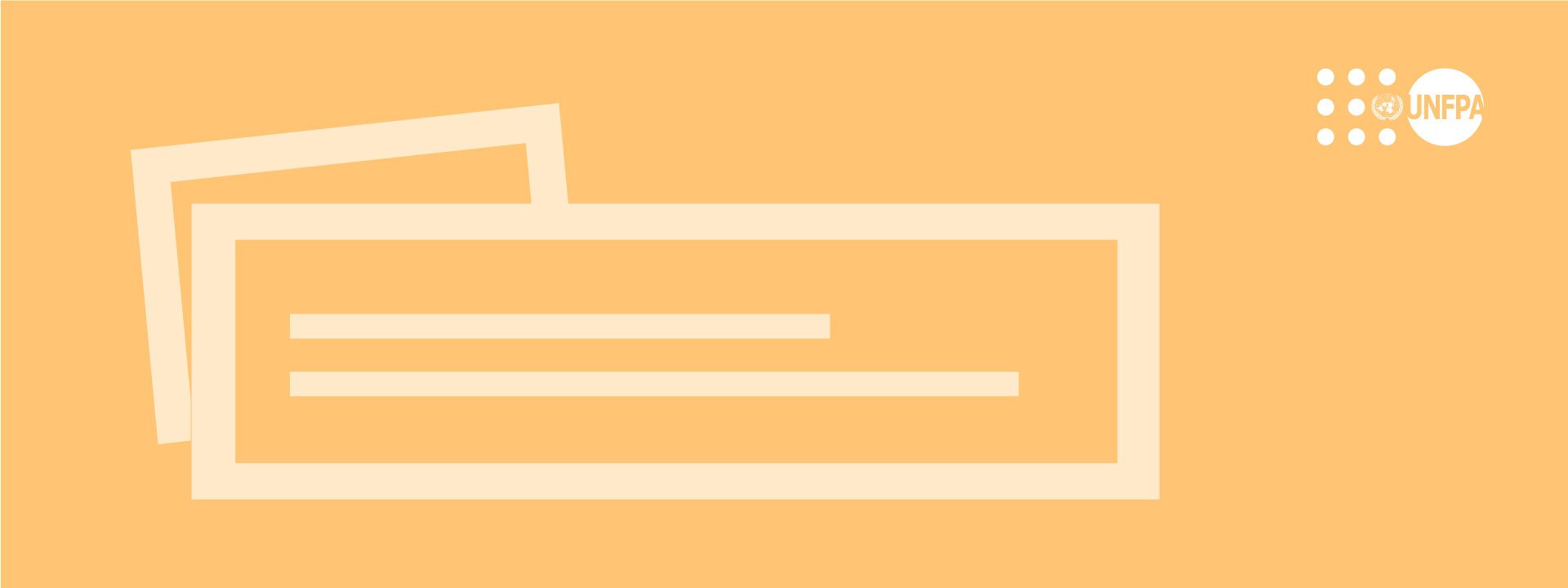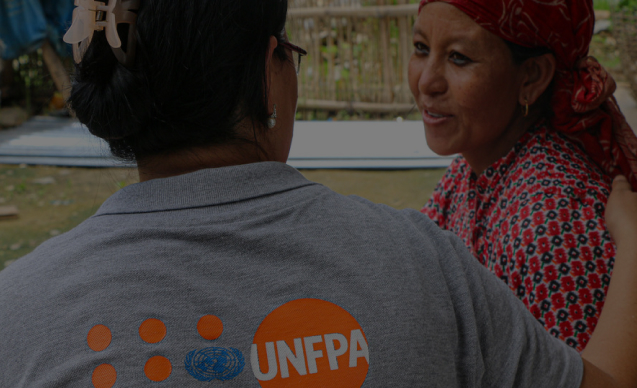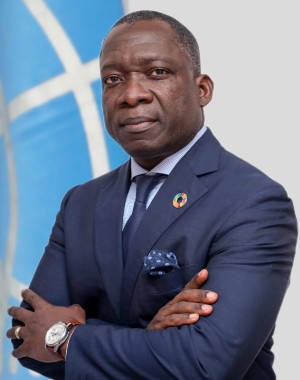Overview
Based in Dakar, Senegal, UNFPA’s West and Central Africa Regional Office (WCARO) covers 23 countries - 14 Francophone (Benin, Burkina Faso, Cameroon, Central African Republic, Chad, Congo – Brazzaville, Cote d’Ivoire, Gabon, Guinea, Mali, Mauritania, Niger, Senegal, and Togo); 5 Anglophone (The Gambia, Ghana, Liberia, Nigeria and Sierra Leone); 3 Lusophone (Cabo Verde, Guinea-Bissau and Sao Tome & Principe); and 1 Hispanophone (Equatorial Guinea).
Set up in January 2013, the Regional Office provides an essential link between UNFPA’s New York headquarters and the 23 Country Offices in West and Central Africa.

Dr. Natalia Kanem
Using a new business model to ensure enhanced backstopping to our Country Offices, we work to support their initiatives providing technical assistance and capacity development. We gather and analyse result-based evidence, data and key lessons on successful practices from the field to inform decision-making on the design, resourcing and delivery of each programme.
WCARO contributes to enhanced accountability on UNFPA interventions in the region by supporting the conduct of independent and regular evaluations of our country programmes.
The Regional Office plays a key role in advocating for the fulfillment of UNFPA mandate and values. We engage national governments in the implementation of the ICPD beyond 2014 framework of action along with the 2030 Agenda for Sustainable Development. Dialoguing and collaborating with a wide range of stakeholders, WCARO has been consolidating its catalytic position in the region by promoting transformational partnerships and forming alliances with international organizations, regional institutions and economic commissions, civil society, faith-based organisations and the private sector.
There are many challenges to be faced - beliefs and attitudes are deeply entrenched and existing education and health systems do not have the capacity to provide the required services. But such challenges can be overcome by focusing on harnessing the benefits of Demographic Dividend and realizing sustainable development with strong partnerships, impactful programmes, adequate resources, good communication, high level advocacy and policy dialogue alongside a commitment to common goals.




